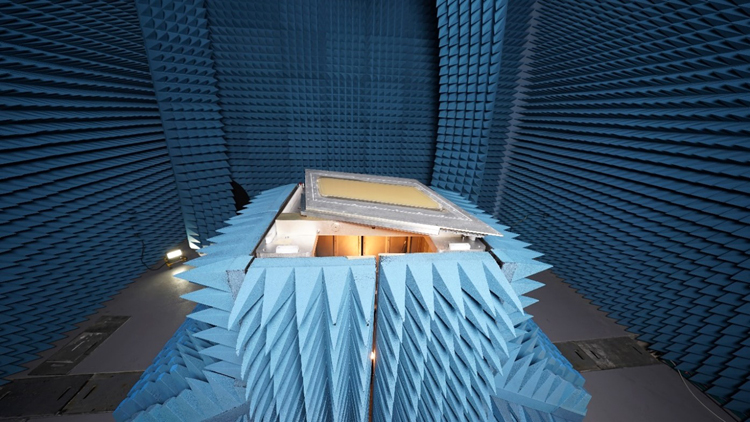INDIAN ARMED FORCES CHIEFS ON OUR RELENTLESS AND FOCUSED PUBLISHING EFFORTS

The insightful articles, inspiring narrations and analytical perspectives presented by the Editorial Team, establish an alluring connect with the reader. My compliments and best wishes to SP Guide Publications.

"Over the past 60 years, the growth of SP Guide Publications has mirrored the rising stature of Indian Navy. Its well-researched and informative magazines on Defence and Aerospace sector have served to shape an educated opinion of our military personnel, policy makers and the public alike. I wish SP's Publication team continued success, fair winds and following seas in all future endeavour!"

Since, its inception in 1964, SP Guide Publications has consistently demonstrated commitment to high-quality journalism in the aerospace and defence sectors, earning a well-deserved reputation as Asia's largest media house in this domain. I wish SP Guide Publications continued success in its pursuit of excellence.
- Indian Air Force Aims for Full Indigenous Inventory by 2047 — Air Chief Marshal A.P. Singh
- Rajnath Singh assumes charge as Defence Minister for the second consecutive term
- Interim Defence Budget 2024-25 — An Analysis
- Union Defence budget 2024
- Prime Minister Modi Flies in the LCA Tejas
- New Chapter in India-Italy Defence Ties
- Airpower beyond Boundaries
Northrop Grumman Successfully Demonstrates Ultra-Wideband Multifunction Sensor

Northrop Grumman Corporation successfully completed the first flight campaign of its Electronically-Scanned Multifunction Reconfigurable Integrated Sensor (EMRIS).
- These flights, completed in partnership with government partners and on a government-provided aircraft, are the next stage of technology maturation for EMRIS.
- The flights demonstrated the open architecture nature of EMRIS by using third-party integration and operation.
- New software was rapidly deployed during flights, demonstrating the reconfigurable nature of the sensor.
Expert:
Krys Moen, vice president, advanced mission capabilities, Northrop Grumman: “Dozens of successful flights with EMRIS demonstrated the ability to reduce development timelines and lower program costs by leveraging our partnerships with, and advancements across, all military services. Our solutions utilize digital engineering and advancements in microelectronics to provide agile capabilities for both crewed and uncrewed platforms.”
Details:
EMRIS was designed using common building blocks and software containerization allowing for rapid, cost-effective production, providing these advanced capabilities to the warfighters quickly.
EMRIS's fully digital Active Electronically Scanned Array (AESA) utilizes technology from the Defense Advanced Research Projects Agency's Arrays on Commercial Timescales program, combined with the government's open architecture standards. By applying the flexibility of a digital AESA, EMRIS can perform multiple functions including radar, electronic warfare and communications, simultaneously.
As part of EMRIS' flights, Northrop Grumman demonstrated the ability to quickly leverage technologies developed for other programs to adapt multiple fielded capabilities into EMRIS. The second EMRIS array is entering testing, and Northrop Grumman is in the process of demonstrating its scalable nature by fabricating two smaller EMRIS apertures for lower cost and size-constrained application demonstrations.
EMRIS demonstrates the value of a product line designed from the beginning to leverage open, scalable software along with modular digital building blocks to enable a common sensor baseline. All work is in support of a wide range of existing platform upgrades as well as new emerging opportunities.





